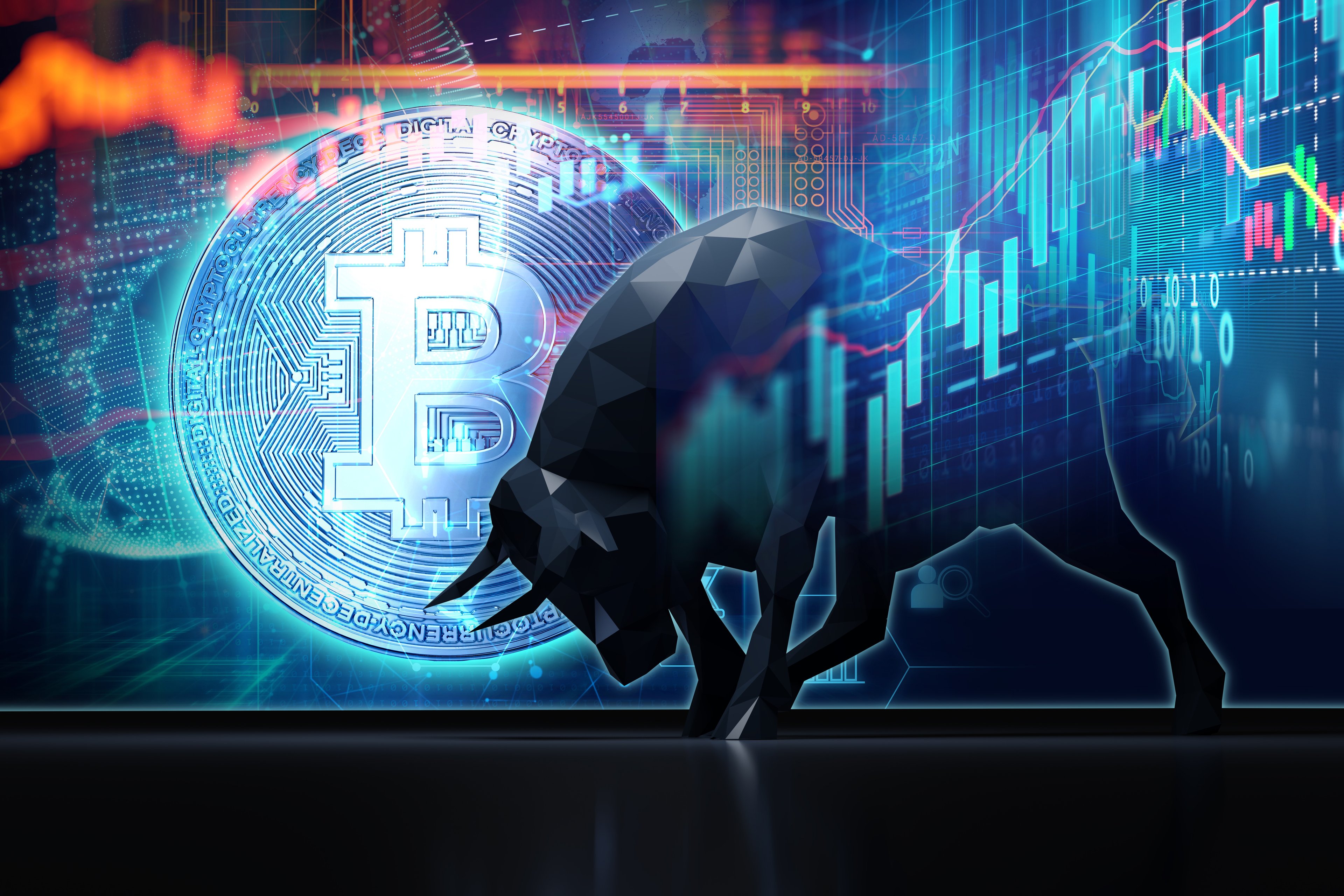The XRP (XRP 0.84%) cryptocurrency soared to an all-time high of $3.45 in 2018, before losing more than 90% of its value amid a series of regulatory issues for its creator, Ripple. The U.S. Securities and Exchange Commission (SEC) sued the company in 2020 for alleged breaches of financial securities laws, which cast a cloud over XRP's future.
But the SEC has adopted a friendlier approach toward the cryptocurrency industry under President Donald Trump, and Ripple's legal woes are now mostly settled. After trying -- and failing -- to mount a recovery for the last seven years, XRP finally soared to a new record high last Friday, July 18.
Here's what might happen next.

Image source: Getty Images.
Ripple aims to transform global banking
Cross-border transactions often take days to settle because global banks don't always use the same payment infrastructure. While many use the SWIFT (Society for Worldwide Interbank Financial Telecommunication) network, others don't. They have to use intermediaries to settle money transfers, which takes time and increases costs.
Ripple created a network called Ripple Payments which lets global banks settle transactions with one another directly and instantly, regardless of their existing infrastructure. The company launched the XRP cryptocurrency to standardize those transactions. For example, a European bank can send XRP to a Korean bank instead of sending euros, which cuts out costly foreign exchange fees. It costs a mere 0.00001 tokens to send XRP across borders, which is a fraction of one U.S. cent.
Ripple holds about 41 billion XRP tokens and releases them gradually to meet demand, adding to the existing supply of 59 billion tokens. The Securities and Exchange Commission (SEC) took issue with this arrangement, arguing that XRP should be regulated like stocks, bonds, or other financial securities that are issued by corporate entities. Other major cryptocurrencies like Bitcoin (BTC 0.46%) are usually earned through a process called "mining," so they haven't faced the same scrutiny.
The SEC's 2020 lawsuit threatened to derail Ripple's business model, which zapped investors' confidence in XRP and depressed its price for the past few years. A judge issued a ruling on the matter last August that slightly favored Ripple, but the SEC appealed the decision, which threatened to tie the matter up in court for several more years.
Trump's election win marked a turning point for Ripple
Trump appointed crypto advocate Paul Atkins to run the SEC, and under his leadership, the agency has already paused or withdrawn litigation against crypto giants like Binance and Coinbase. The SEC also agreed to settle the proceedings against Ripple by withdrawing its appeal of last year's ruling, but a judge still needs to sign off before the case is officially closed.
As things stand, Ripple's regulatory woes in the U.S. are as good as over, which is a key reason investors have flooded back into XRP. But another tailwind involving the SEC is what pushed XRP to a new all-time high last Friday. The regulator, alongside the New York Stock Exchange, approved a new leveraged XRP exchange-traded fund (ETF) for trading on July 18, which spurred renewed interest in the cryptocurrency.
The ProShares Ultra XRP ETF buys futures contracts, so it doesn't own XRP directly. But it represents an important step toward the approval of spot XRP ETFs, and the SEC is reportedly reviewing several of those applications right now. Futures-based Bitcoin ETFs were approved before spot Bitcoin ETFs, so there is merit to investors' enthusiasm.

CRYPTO: XRP
Key Data Points
Here's what might happen next
Although XRP has the wind at its back right now, I'm skeptical about its potential to continue moving higher. First, using XRP within the Ripple Payments network might be cheap, but it isn't risk-free because banks have to navigate its volatility. For example, if the value of XRP declines by 5% while a transfer is being arranged, the parties to the transaction could suffer losses that far exceed the cost of a traditional transfer via SWIFT or another network.
Moreover, banks can use Ripple Payments without XRP, because the network allows for the transfer of fiat currency, too. Therefore, the success of Ripple Payments won't necessarily translate into a higher price for XRP. That means speculative investors might have more influence over the value of the token than organic demand, which brings me to the second point.
ETFs have been great for Bitcoin because that cryptocurrency is viewed as a legitimate store of value, thanks to its capped supply and decentralized nature. In fact, we don't even know the true identity of the person who created Bitcoin. XRP isn't decentralized at all because it's controlled by Ripple, leaving its value vulnerable to missteps by the company. That's why XRP's price collapsed in the wake of the SEC's lawsuit against Ripple, and it's plausible that future U.S. government administrations will take another shot at regulating the company.
As a result, I don't think the approval of XRP ETFs -- leveraged, spot, or otherwise -- will have a sustainable effect on the token's value. I think XRP investors should brace for a volatile ride from here.







